
This content is protected against AI scraping.
One of my more popular blog posts is my master list of physical descriptions. If you’re writing in third person with multiple points of view, it’s pretty easy to work descriptors in there.
However, if you’re working in first person, or third person from the point of view of only one character, giving your reader a mental picture of what the protagonist looks like can be tricky… and most readers want to be able to picture him or her in their mind.
My main advice is this: unless you can figure out a clever and natural way to set it up, don’t do a whole paragraph early on about your character’s looks.
Maybe Don’t Do This: The Mirror Scene.
Lots of books in first person have a scene near the beginning that goes kind of like this:
As I brushed my teeth at the sink that was a little too short for my six-three height, my reflection stared back at me—olive complexion, angular face, square jaw. My brown eyes still looked a little bleary, and my short black hair—already flecked with silver, at the age of thirty-five—was sticking up on top. I dug around for a razor and shaved, which made the cleft in my chin more obvious…
A scene like this isn’t horrible, but it’s overdone. It’s also unconvincing. Most of us don’t contemplate every aspect of our looks when we look in the mirror. because we’re used to our reflections.
And Maybe Don’t Do This: The Insecurity Litany.
Some books use a character’s self-criticism as a way to get into a physical description, kind of like this:
As I stood up and walked to the front of the boardroom to give my presentation, I regretted choosing the red dress—it only called attention to how plump I am. With my prominent nose, I have never been exactly pretty. At least I had long blond hair—my best feature—and I had curled it this morning so it spilled over my shoulders. I had taken extra care with my makeup, but my lipstick couldn’t do much for my narrow lips…
If read a passage like this, I think, Girl, this is a business meeting, not the Miss America pageant. Get it together.
I’m sure there are exceptions out there, but I’ve only seen this approach with female characters. Unless a preoccupation with her appearance is an important part of the character’s personality, the “litany of insecurity” can reinforce the idea that it’s women’s job to look pretty all the time.
If you have a bunch of self-conscious detail in one place, it will probably intrude on the story. You’ll probably do fine as long as you remember:
You don’t have to give your readers a complete description all at once.
Over the first couple of chapters, you can provide a detail here and a detail there and let them gradually build a mental picture. Here are a few ways to do it!
Use incidental movements.
“I adjusted my glasses.”
“I pulled my brown hair back into a ponytail.”
“I plucked at the dress shirt, which was a little too tight across my shoulders.”
“I had to pull the car seat all the way forward so I could reach the pedals.”
Have them compare themselves to other people.
This is a good way to describe another character as well as your point of view character at the same time.
“My mom and I had argued about this at least a hundred times before. Although I took after her in looks—round face, small dark eyes, barely-there eyebrows—our attitudes toward work couldn’t have been more different.”
Show what they can do and what they can’t do.
If they’re tall, maybe another character asks them to get something off a high shelf.
If he’s a big guy, he might request a table instead of a booth at a restaurant or have trouble squeezing into an airline seat.
If he’s short, he might look someone in the eye—but have to look up to do it.
Show how other people react to them…
“His appreciative gaze traveled along my ample curves.”
“Her eyes widened as she saw the scar on my cheek.”
And show how other people talk to them.
“You have your mother’s blue eyes.”
“’Can I help you with those bags, ma’am?’ he asked. I shook my head. Even though I was eighty-five and five-foot-nothing, I wasn’t nearly as frail as I looked.
“That green dress really sets off your red hair.”
Or have your character imagine what other people are thinking about their appearance.
“She probably hadn’t expected to have a fifty-year-old bald guy like me in her freshman composition class.”
“The guards would never notice me: a slim twenty-year-old woman in a regulation uniform, blending in with all the other space academy students heading home for winter break.”
Have your character respond to the weather.
My pale freckled arms were beginning to burn.”
“Thanks to the humidity, my dark hair was bigger and frizzier than ever.”
~
Do you have other ideas for how to work in physical descriptions of your hero when you’re writing in their point of view? I’d love to hear about them! Happy writing!
Related Posts





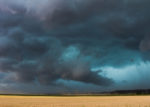



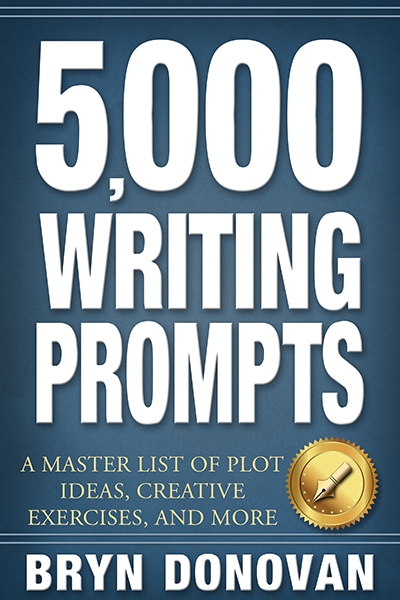
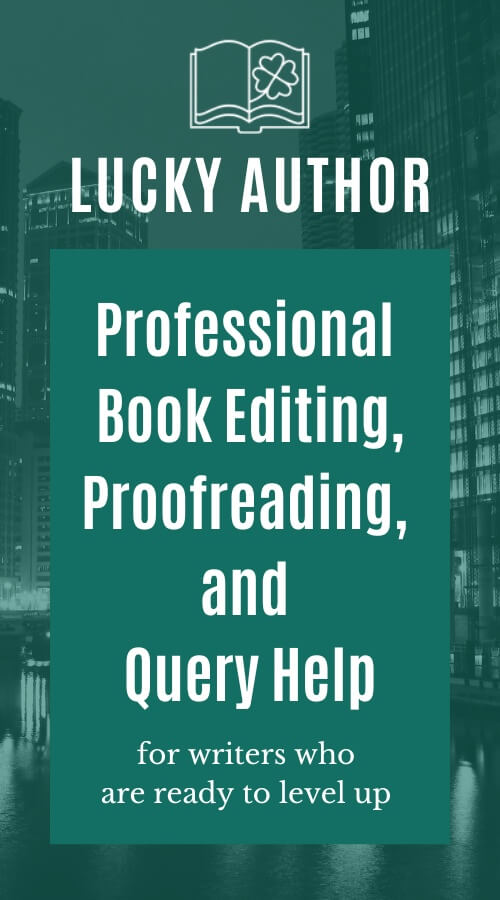
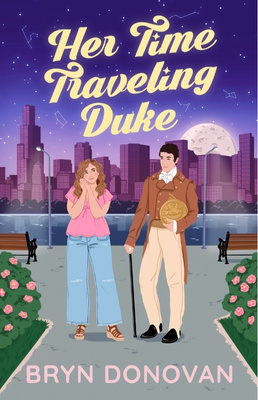
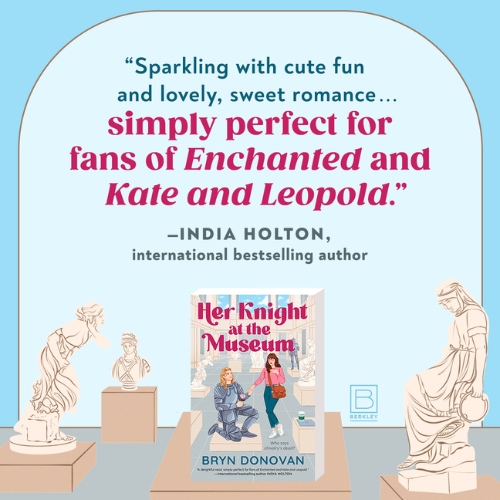
Great advice Bryn! I find it can be distracting and mess with the flow of a story when an author “stops” to give a full description of a character in any point of view. I definitely try to keep this in mind while writing.
Thanks, Cheryl! 🙂 Yeah, a long time-out for a description can definitely hurt a story’s flow. Thanks for reading!
Great post, Bryn! I linked to it from my new Tumblr blog, where I post about gaming, writing, and life. I’m looking forward to your next WIP Wednesday.
http://dafan7711.tumblr.com/post/145159376311/via-how-do-you-describe-a-characters-looks-in
Hey DAfan, thank you so much for sharing! That means a lot to me. Yep, WIP Wednesday is in 2 days… I need to get my act together 😀
I’ll have to think about applying this. I don’t do much description of characters, because I guess that might be one of the things readers like to make up for themselves. Often I find myself inserting a person I know, or a famous person, into a book as I read it. If the descriptions don’t match, I find myself switching back and forth whenever there’s a reference to the character’s appearance.
But maybe I’ll start doing a little more in this regard . . .
I do imaginary casting with actors (and occasionally people I know) all the time! Though sometimes by the time I’ve finished the story, they’ve morphed a little in my head 😀
I read one the other day that said stuff like, “I widened my blue eyes.”
As opposed to their second pair of eyes which were brown?
Ha! That’s so funny!
Most often I go through the “introduce through action” approach. Once I had the main character describe herself in her diary … but that seemed a little, I don’t know, unrealistic, perhaps, and a waste of words. It got cut. XD Another time I had a character look at a picture of her [deceased] mom and compare herself to her mother, who she looked a lot like.
Great advice thank you
Great ideas. This is so hard and I struggle with it every time. I’ve found that creating an action around a physical description versus just stating it almost always works – such as squeezing into the airline seat, or scratching an itchy beard, or putting on makeup to hide an old scar. I also like comparisons – (I stared at the mannikin and wondered how the ensemble would look on someone five feet tall and shaped like a ten-year-old. Not a good image!) I’ve also found that most new writers tend to over-describe. Readers form impressions quickly, and then any descriptions that counter that impression become jarring. The good news for writers is that we can stop sneaking descriptions in there quite early in a book. Excellent post, thanks!
Ooh, those are such good examples. Thanks for commenting!
Hello Bryn! really wonderful information and definitely useful for an aspiring writer like me. Thouroughly enjoy your blogs. Keep writing and Thank you..:)
Hello Bryn! I’ve just come across your blog today and I love it! This is something I struggled with while writing my first books. These tips are wonderful and I look forward to using them in future stories.
Thank you!
Hi, DL! Thanks so much for the kind words! I’m so glad you like the blog. You can subscribe if you want to see future posts — there’s a place on the left. So glad you’re here!